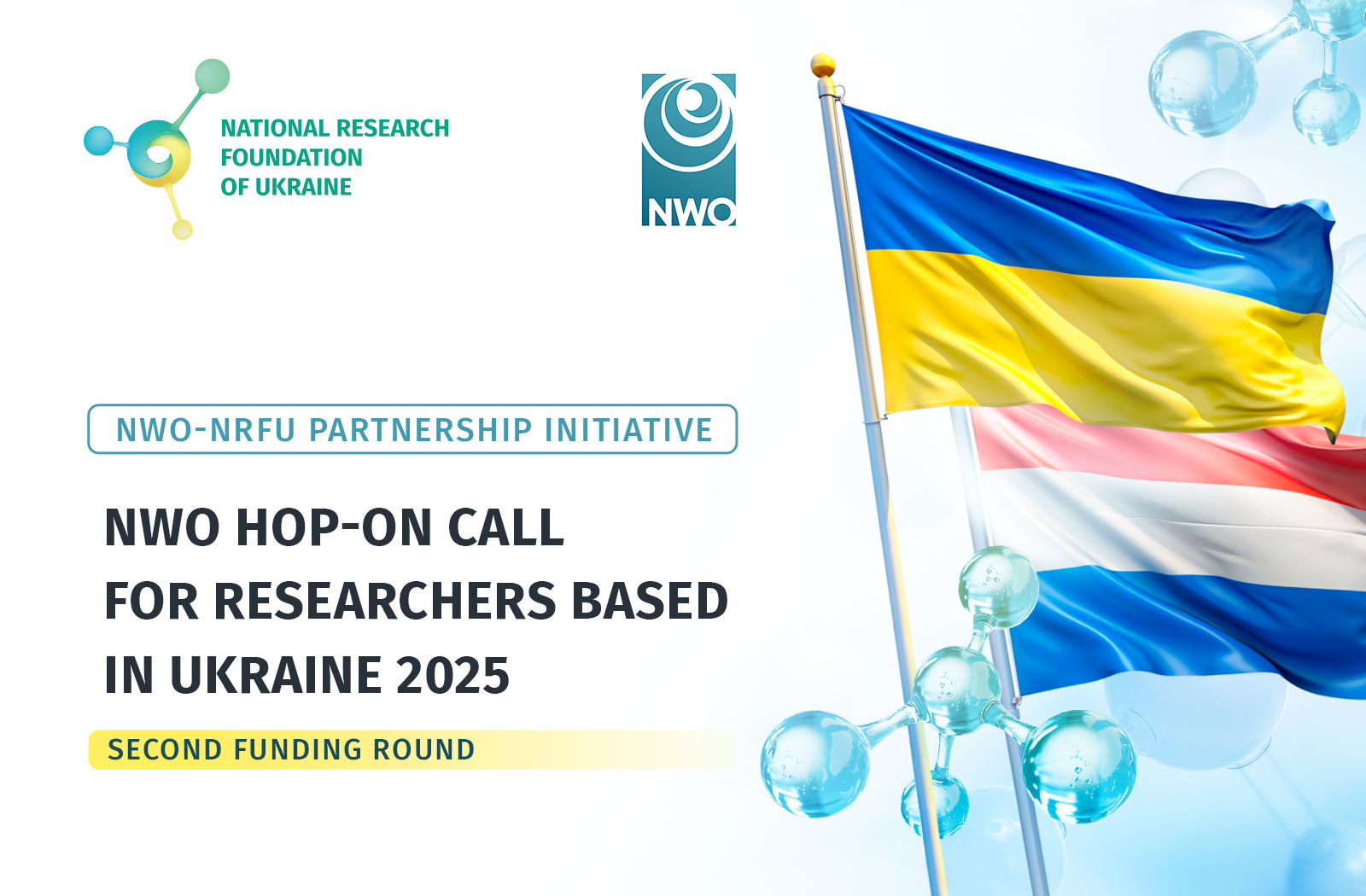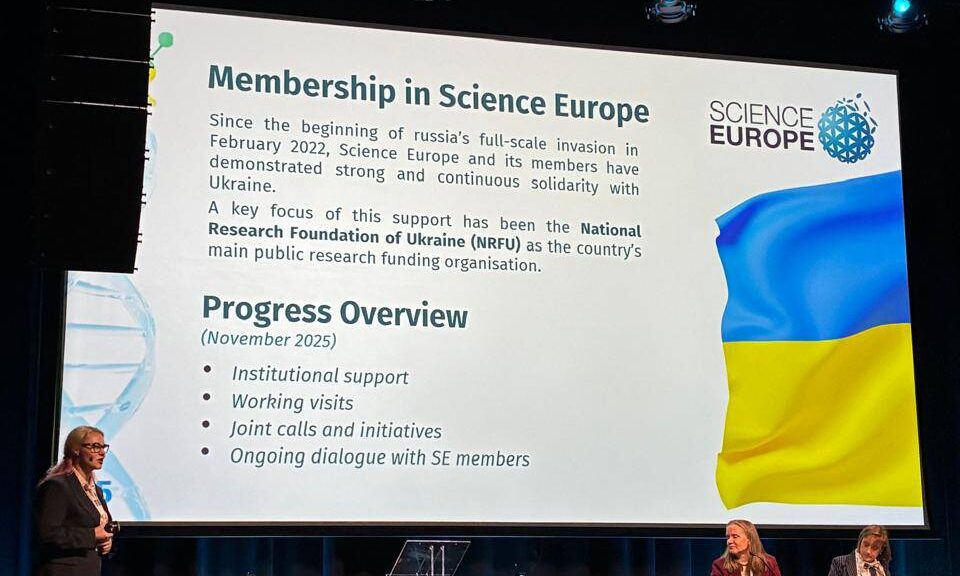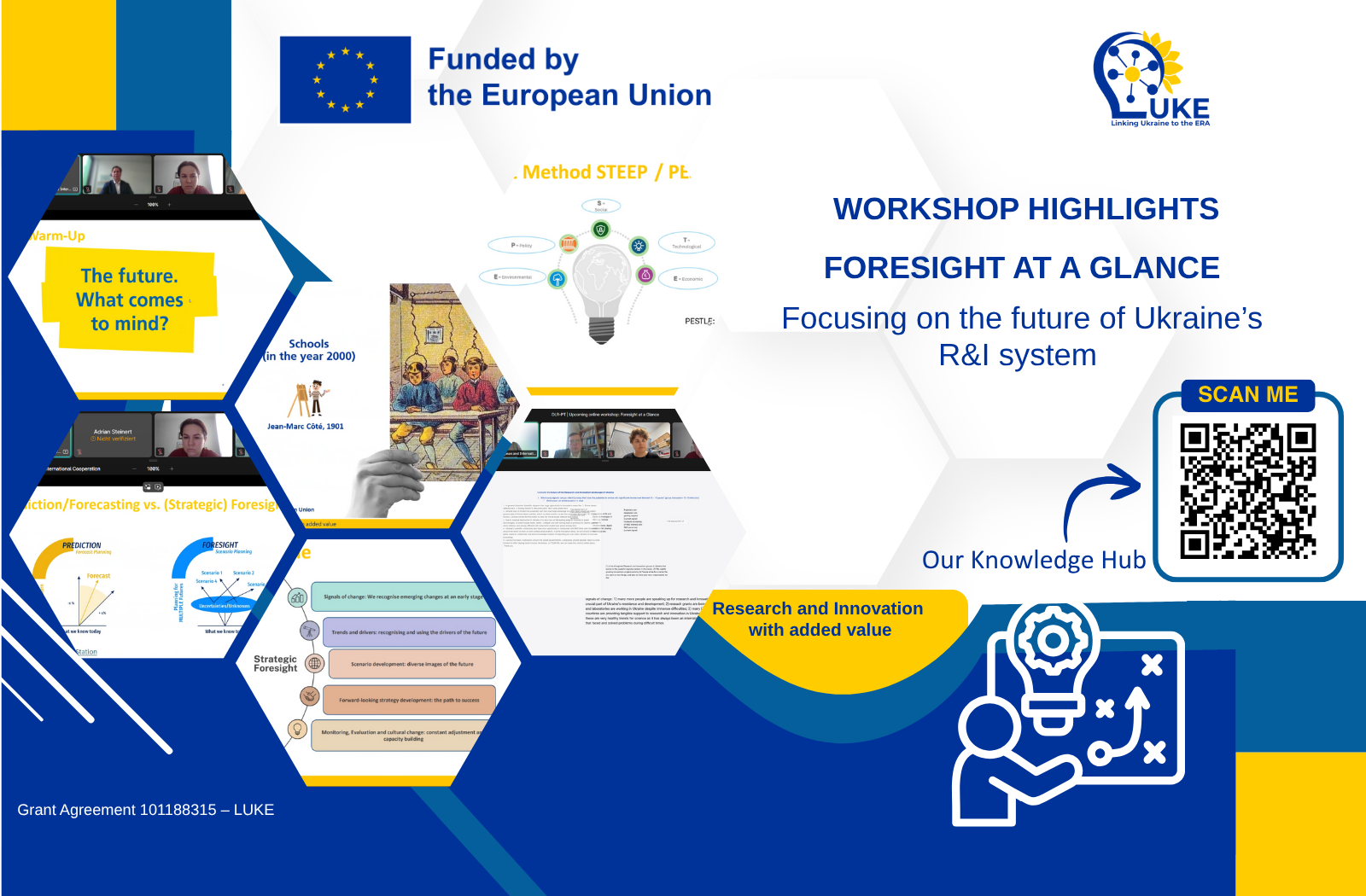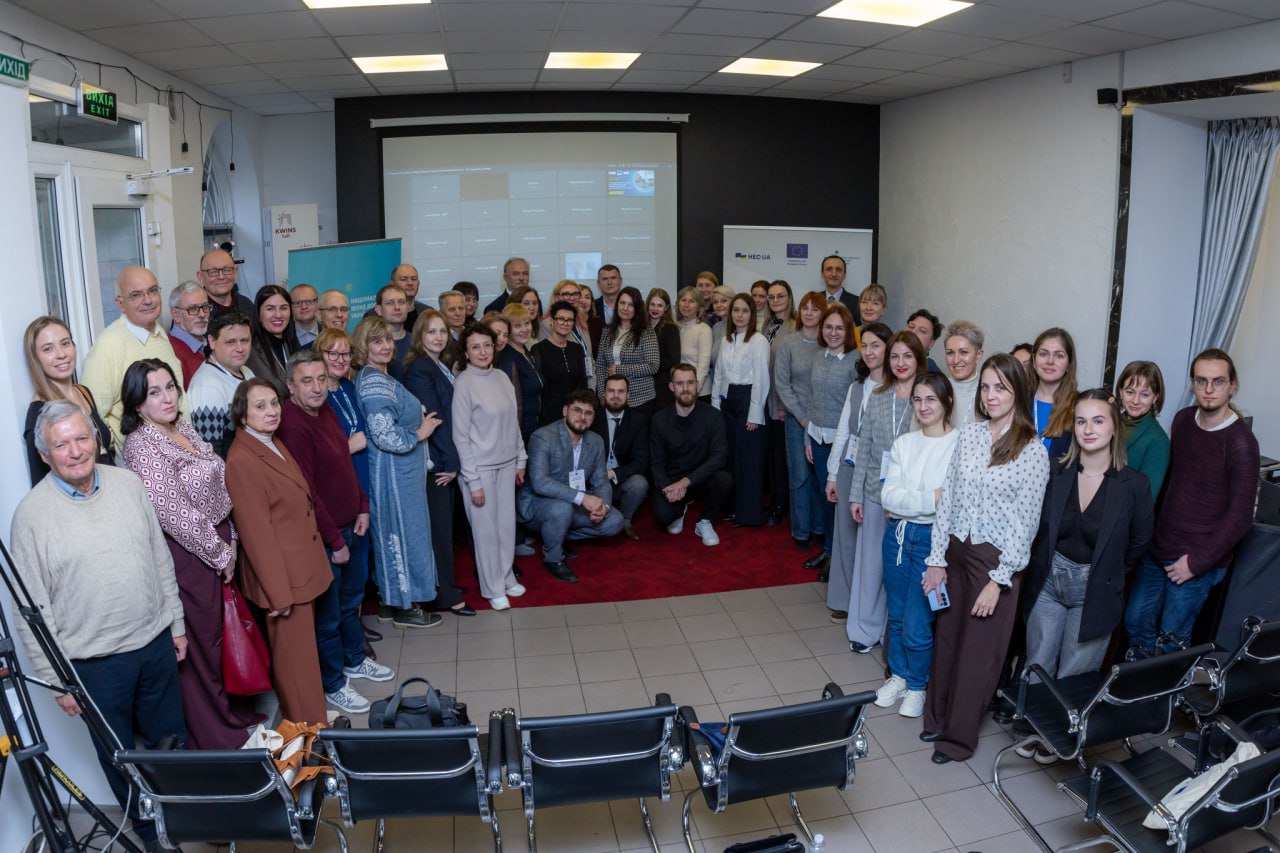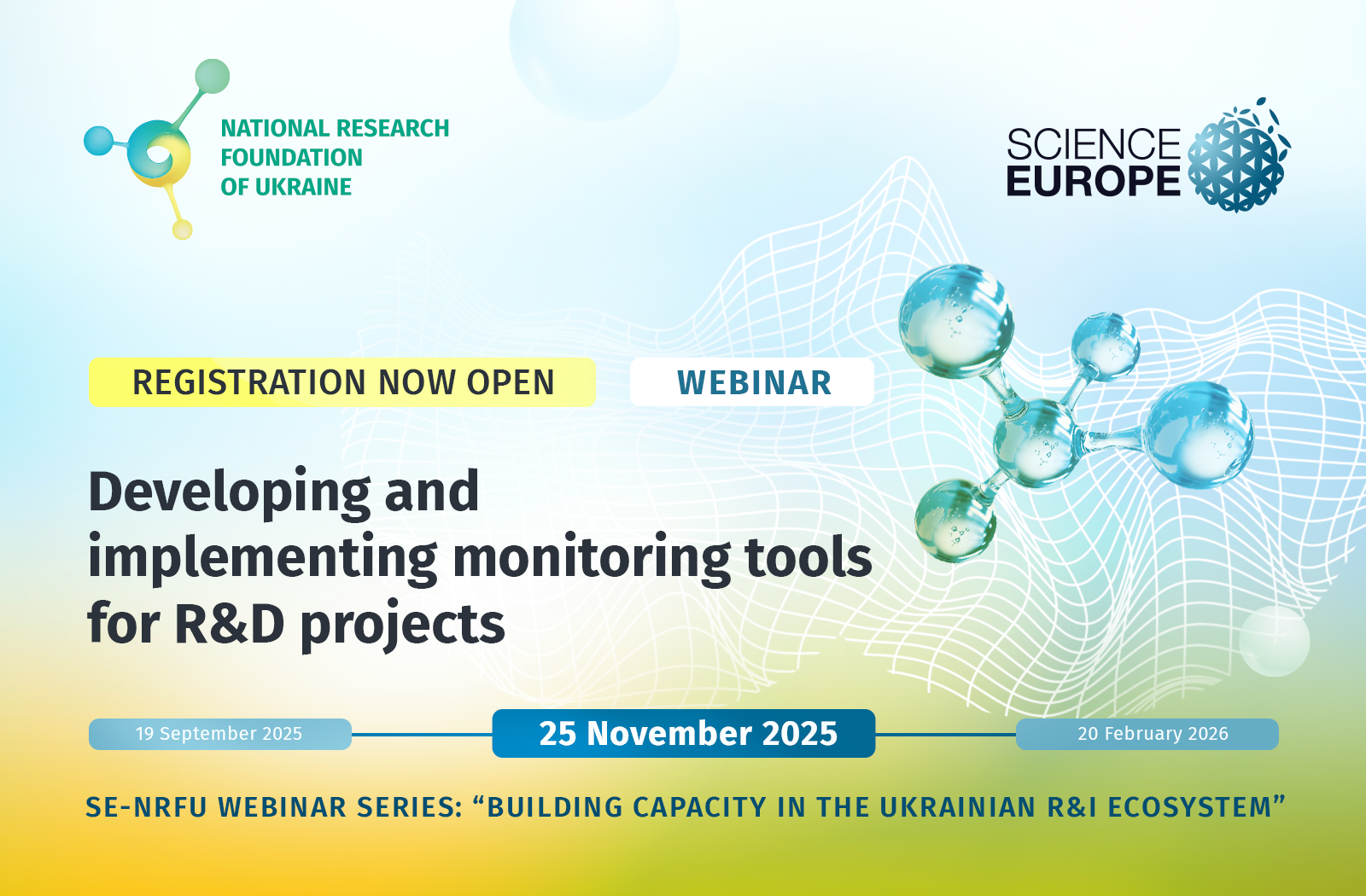Nowadays, when insane neighboring aggressors scare Ukrainians with a cold winter and a ‘return to the Middle Ages’ (though we are not scared!), it is time to talk about the real ‘witnesses’ from the Ice Age – loess rocks. Loess cover about 70 percent of the territory of our country and are the source rock of modern chernozems (black soil) – our national wealth.
Researchers of Ivan Franko National University of Lviv study these sediments. Their project ‘Development of palaeocryogenic processes in the Pleistocene loess-palaeosol sequences of Ukraine: engineering-geological, soil, climatic, and environmental protection aspects’ was successful in the call ‘Support for Research of Leading and Young Scientists’ and before the war was receiving grant funding from the NRFU.
So, what are loess, why are they important for science and economy of our country, and what is the main idea of the project?
Andriy Bogucki, the project PI, professor of the Geomorphology and Paleogeography Department of Ivan Franko National University of Lviv, explained that loess are yellowish-gray dusty rocks that cover most of the territory of Ukraine with a ‘cloak’. The word ‘loess’ comes from the German ‘löss’ and means loose, uncemented rock. The loess were formed in the cold climate that prevailed during the ice ages, when a large part of Ukraine was covered with permafrost.
The researcher pointed out that during the permafrost melting of the last ice age, a polygonal relief of the loess highlands was formed (polygonal – that is divided by cracks that cross each other at different angles and ‘break’ the rocks into separate blocks, – author’s remark). This relief affects the soil condition, in particular, it can cause erosion processes. It is very important to understand the causes of these processes, predict them and try to prevent losses for agriculture.
“The essence of our project lies in the comprehensive study of the key sections of loess layers of Ukraine in order to reproduce ancient geographical conditions that prevailed on our territory during certain periods of geological history,” continued the researcher. “Knowledge of ancient cryogenesis will make it possible to rationally develop the territories of loess sediments.”
One of the aspects of the research is establishing the number and sequence of cryogenic stages, their influence on the formation of loess properties, including geotechnical ones. “Characteristics of loess soils must be considered in the design and construction of a wide variety of structures during the post-war reconstruction of Ukraine,” emphasized the Professor.
Data on the adverse impact of ancient cryogenic processes on the modern soil cover of the loess highlands (and possible soil erosion) are of great practical importance for the assessment of soil quality in the conditions of introduction of the land market in Ukraine.
“In addition, loess can ‘tell’ about changes in environmental conditions over the past several million years and help form a model of climate changes development in the future,” added the project PI. “We planned to build such a model as part of the project.”
Before the war, the project team managed to do a lot. The researchers performed geological fieldwork, studied key sections of loess layers. The loess layers were also studied with the help of a drone, purchased with funds of the NRFU. Based on the obtained data, a scheme for the development of cryogenesis on the territory of Ukraine was created.
The researchers also identified the most valuable territories with traces of permafrost which should be included in the list of protected areas.
The results of the work were published in a number of articles in rated publications and presented at international conferences. By the way, the scientist considers the involvement of talented young specialists to be one of the most important results of the project.
“Early-career researchers take the most active part in the implementation of the project,” said Andriy Bogucki. “I would especially like to mention Associate Professor Olena Tomeniuk and junior researchers Andrii Bermes and Anastasia Shevtsova. Their ideas, enthusiasm, non-standard solutions and ability to apply new technologies contributed to gaining new knowledge and improved the overall result. I am glad that we managed to involve several students and graduate students in the project. I believe in the great research future of the young team members!
Unfortunately, after the war broke out, field research was suspended. Nevertheless, researchers continue to implement the project: they analyze and summarize the outcomes, prepare articles and monographs. “We do hope that the funding of the project will be resumed and we will be able to complete the research. We are convinced that the results of our work will help in the reconstruction of Ukraine in the post-war period!” added Andriy Bogucki.
Svitlana GALATA


